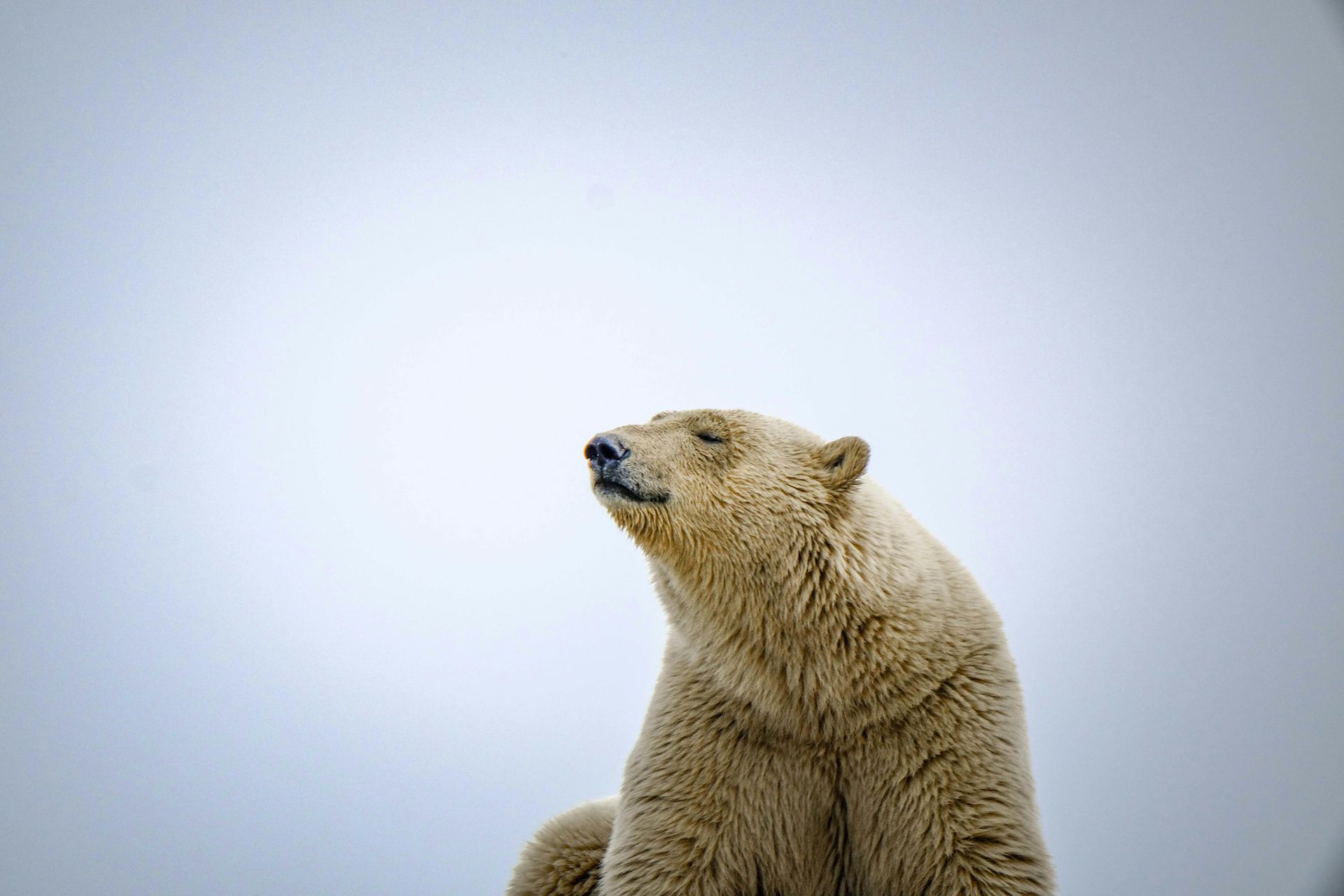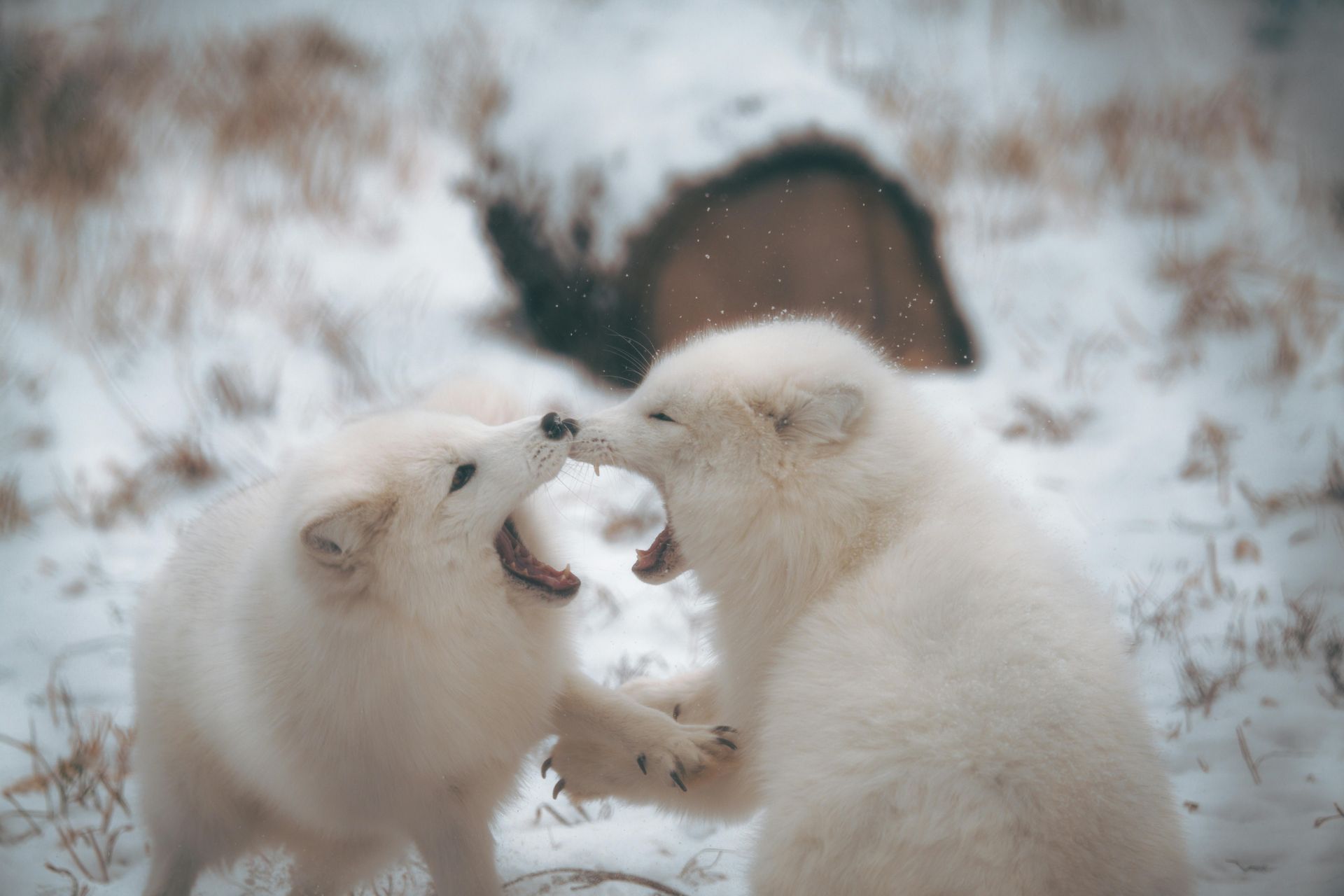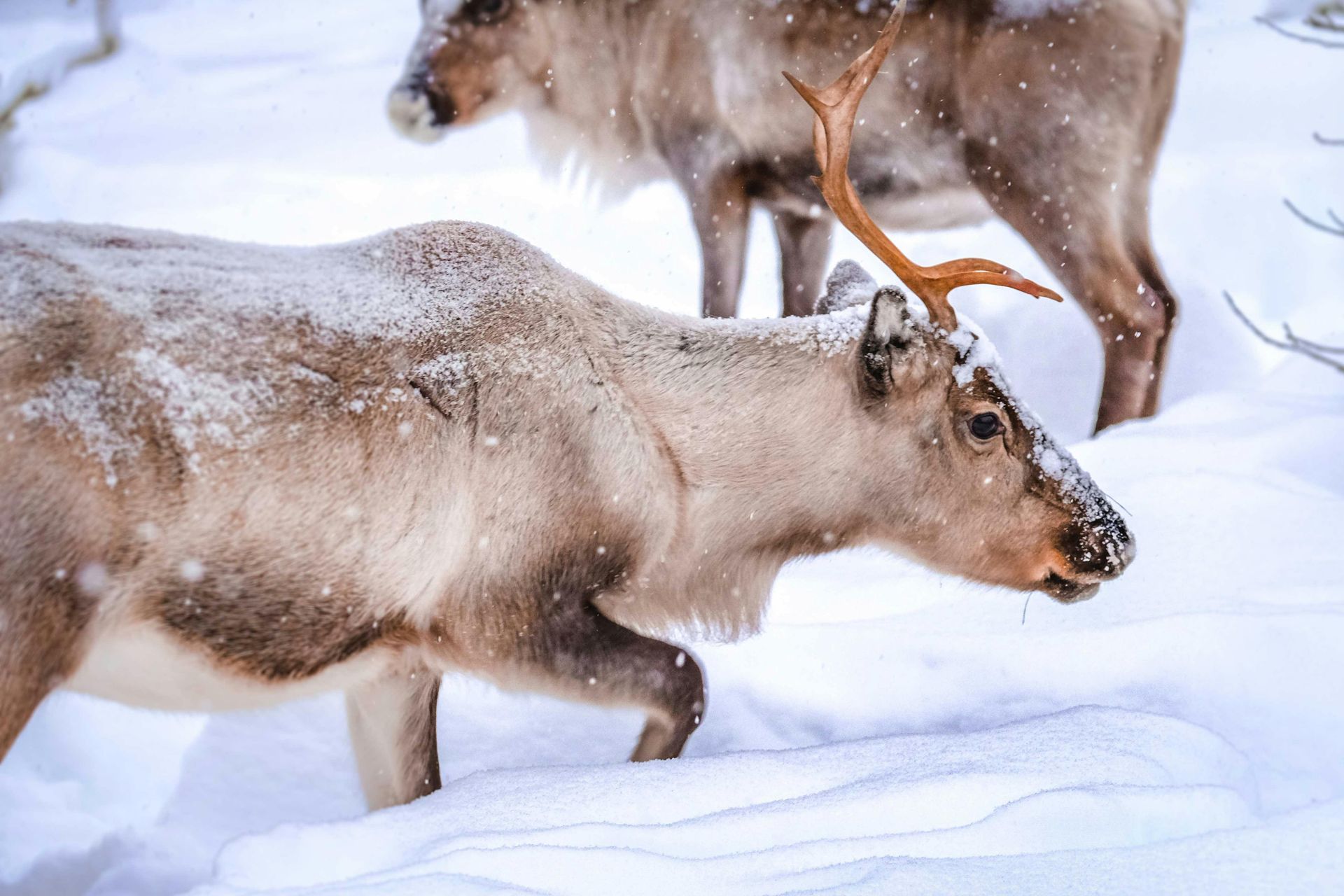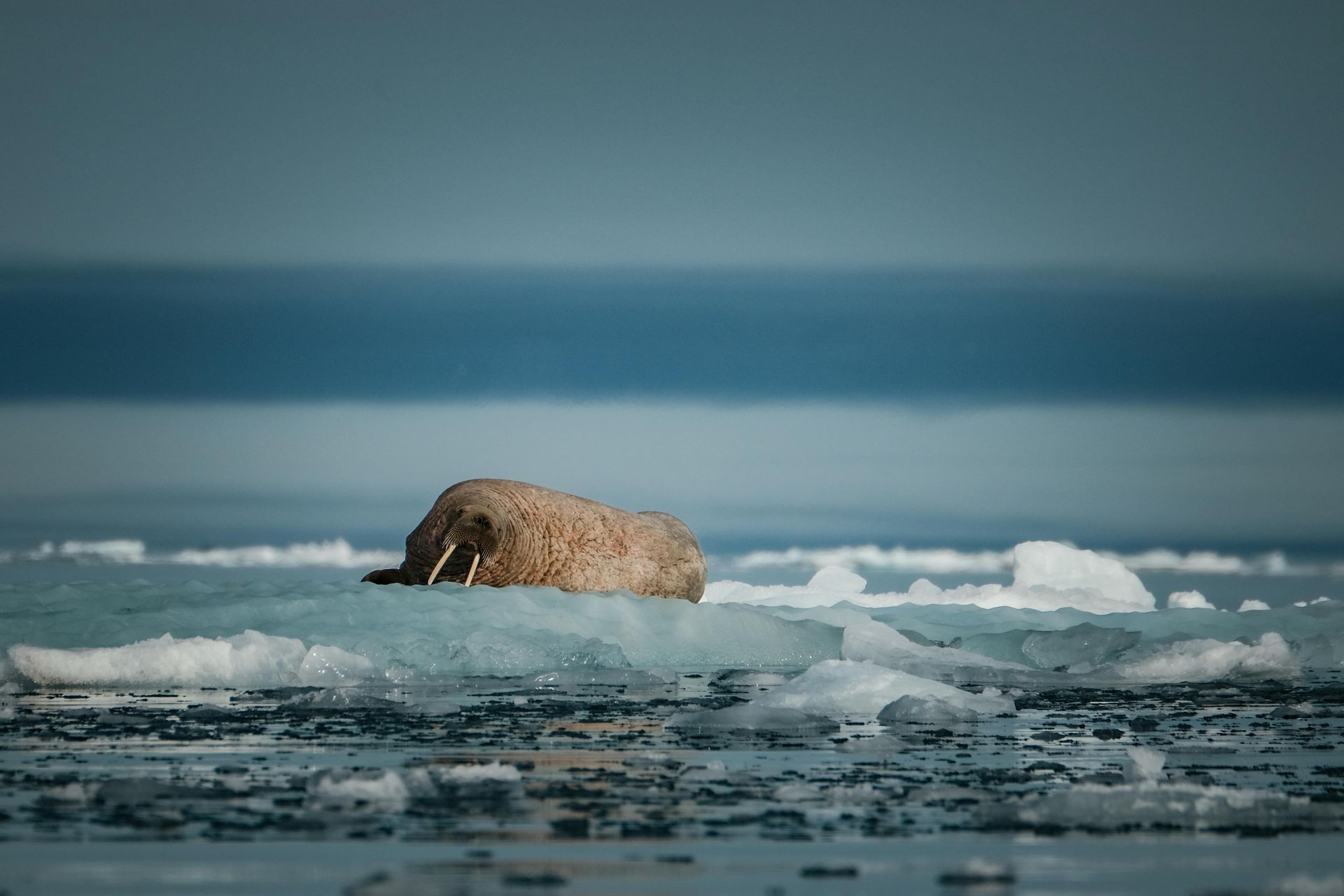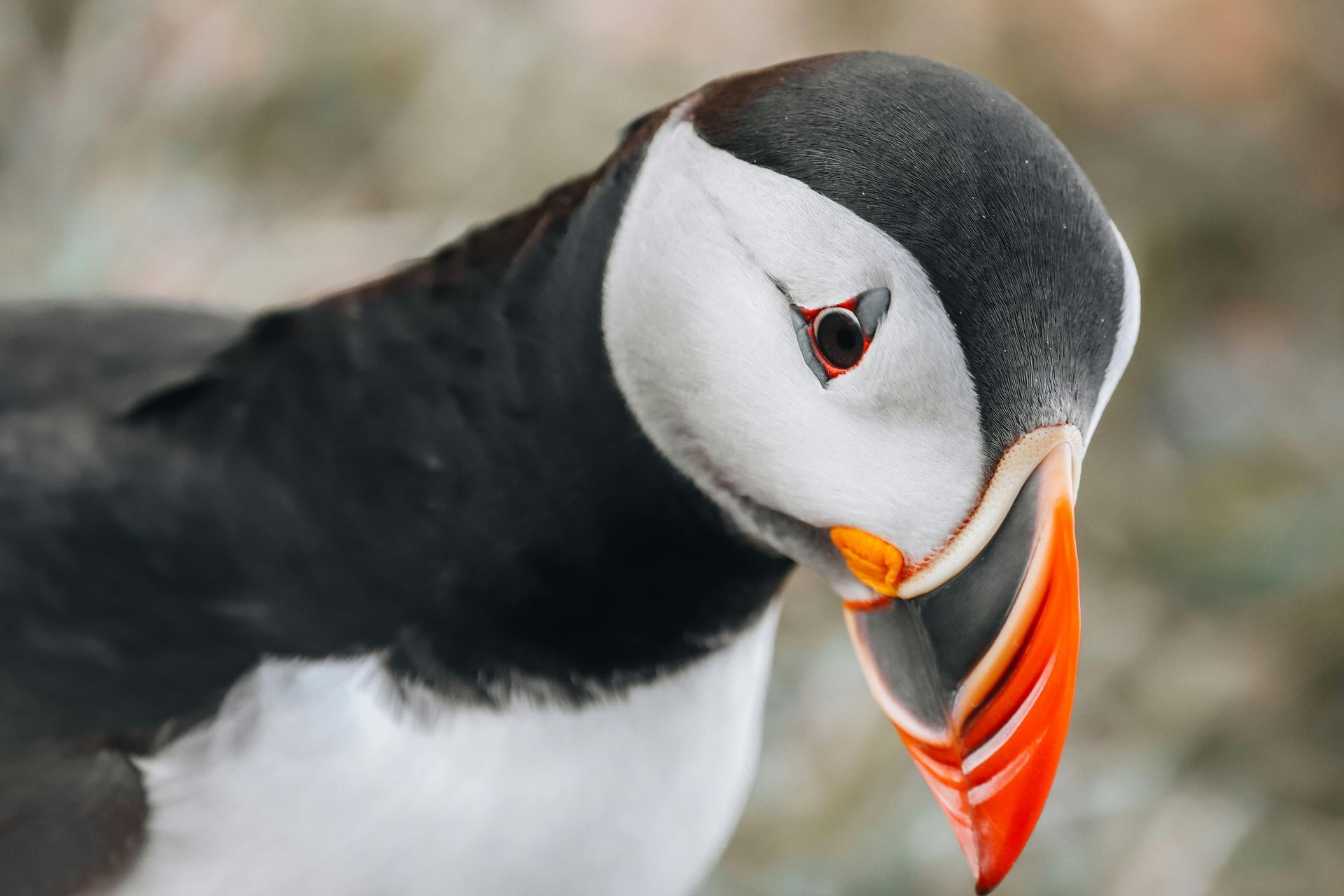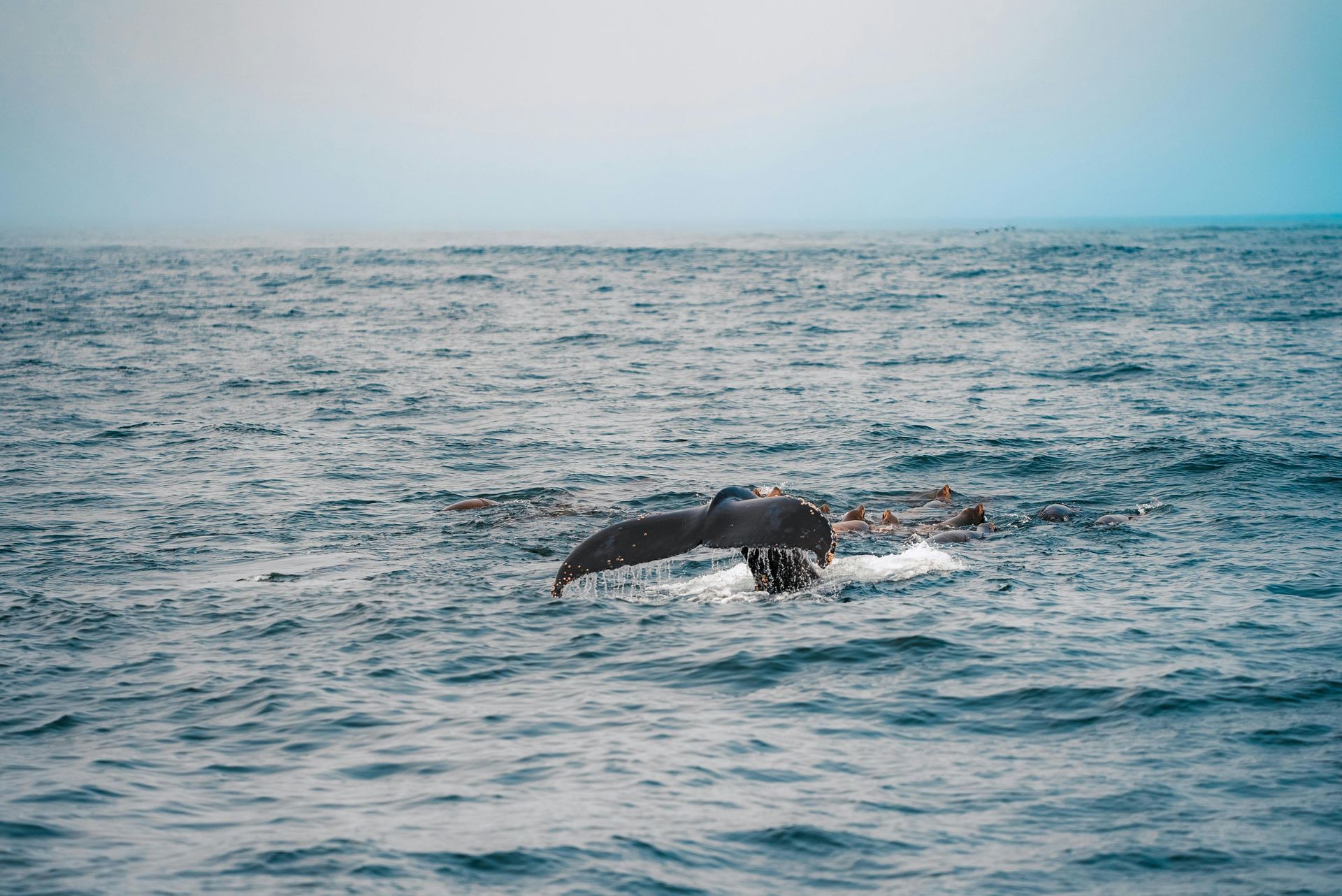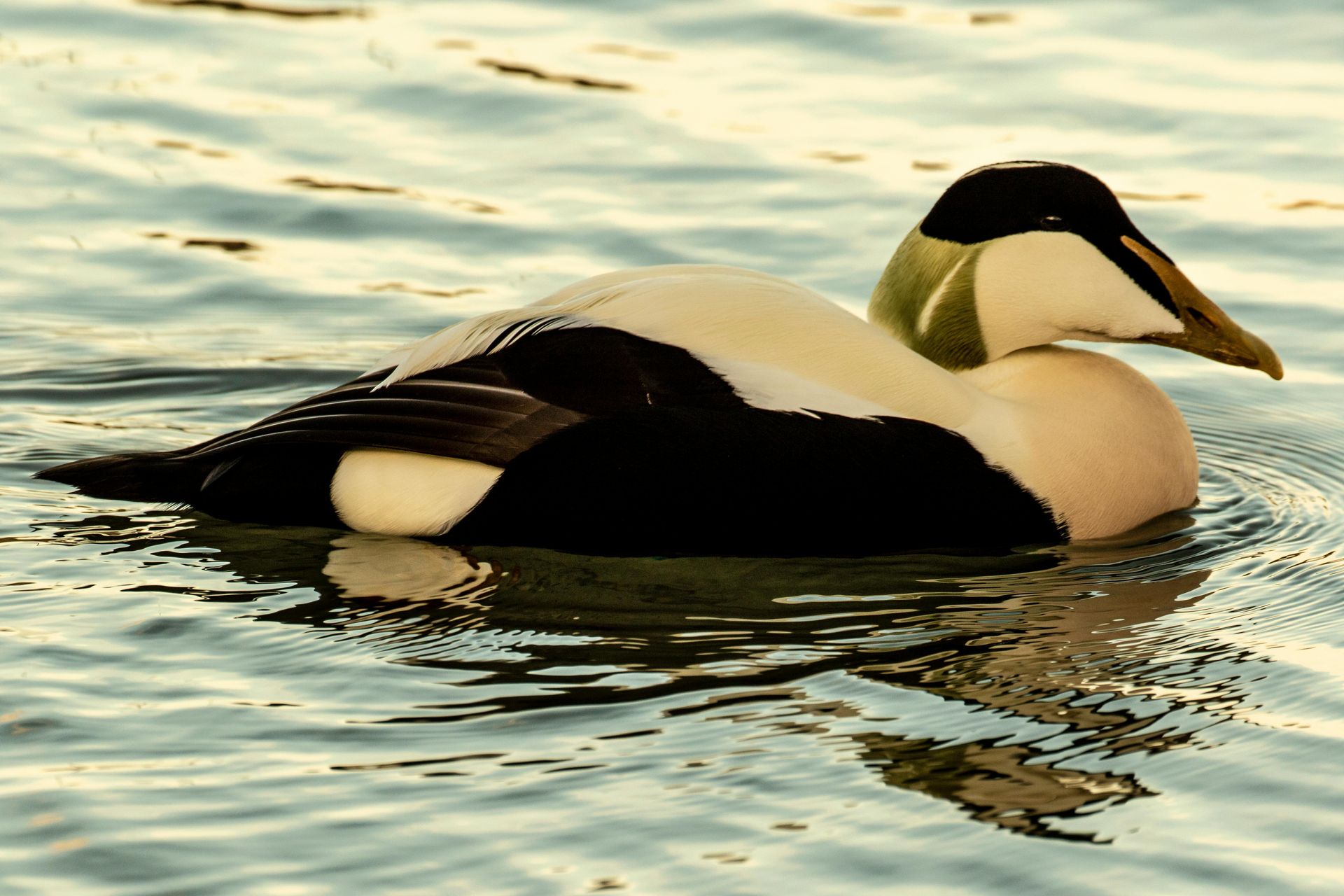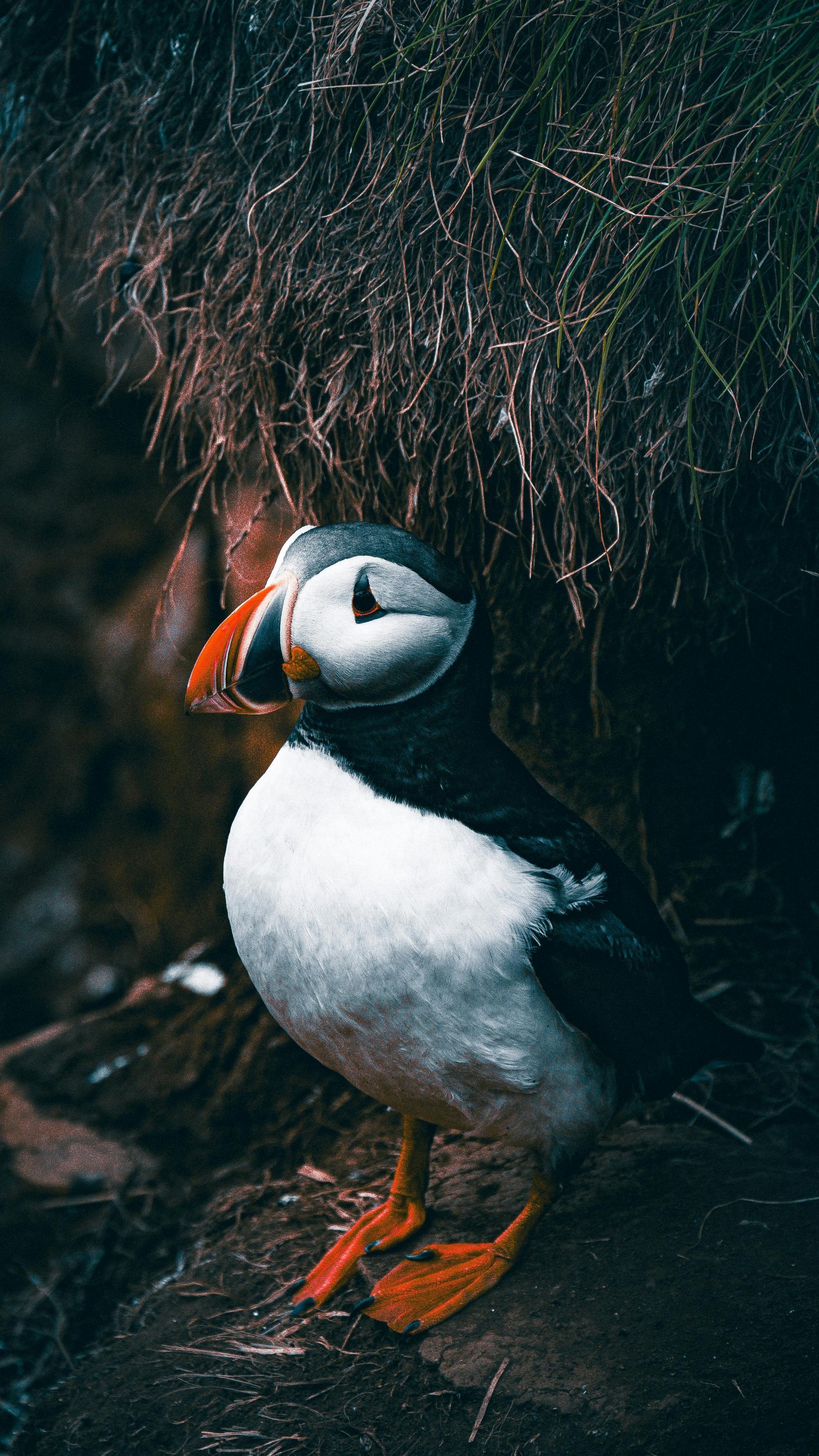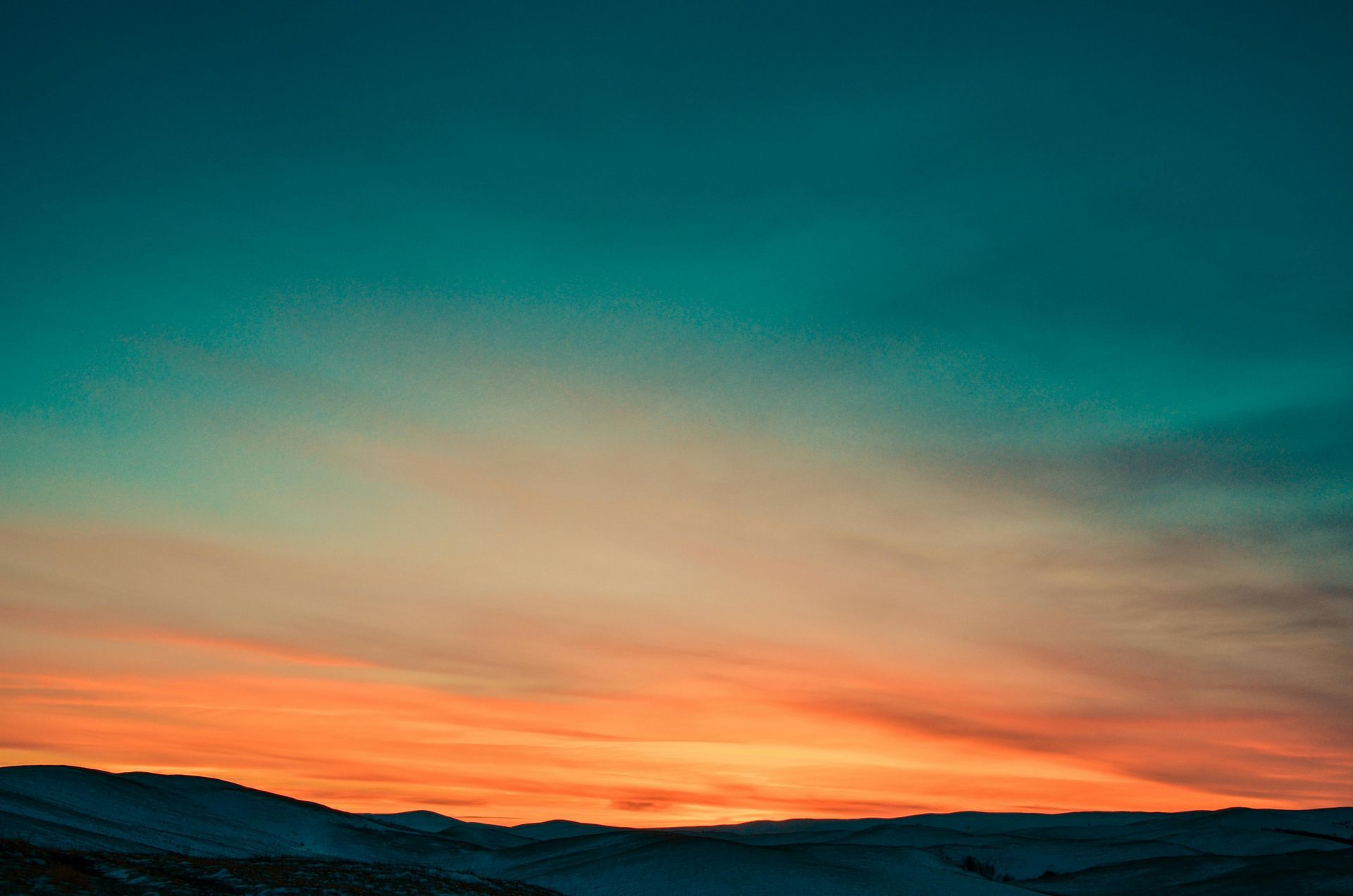The Mystical Dance of the Aurora Lights in Svalbard
In the far reaches of the Arctic Circle lies a land of ethereal beauty and mesmerizing phenomena. Svalbard, an archipelago governed by Norway, stands as a realm where nature paints the skies with its most enchanting brushstrokes. Among its many wonders, the Aurora Borealis, or Northern Lights, reigns supreme, casting its spell upon those fortunate enough to witness its celestial dance.
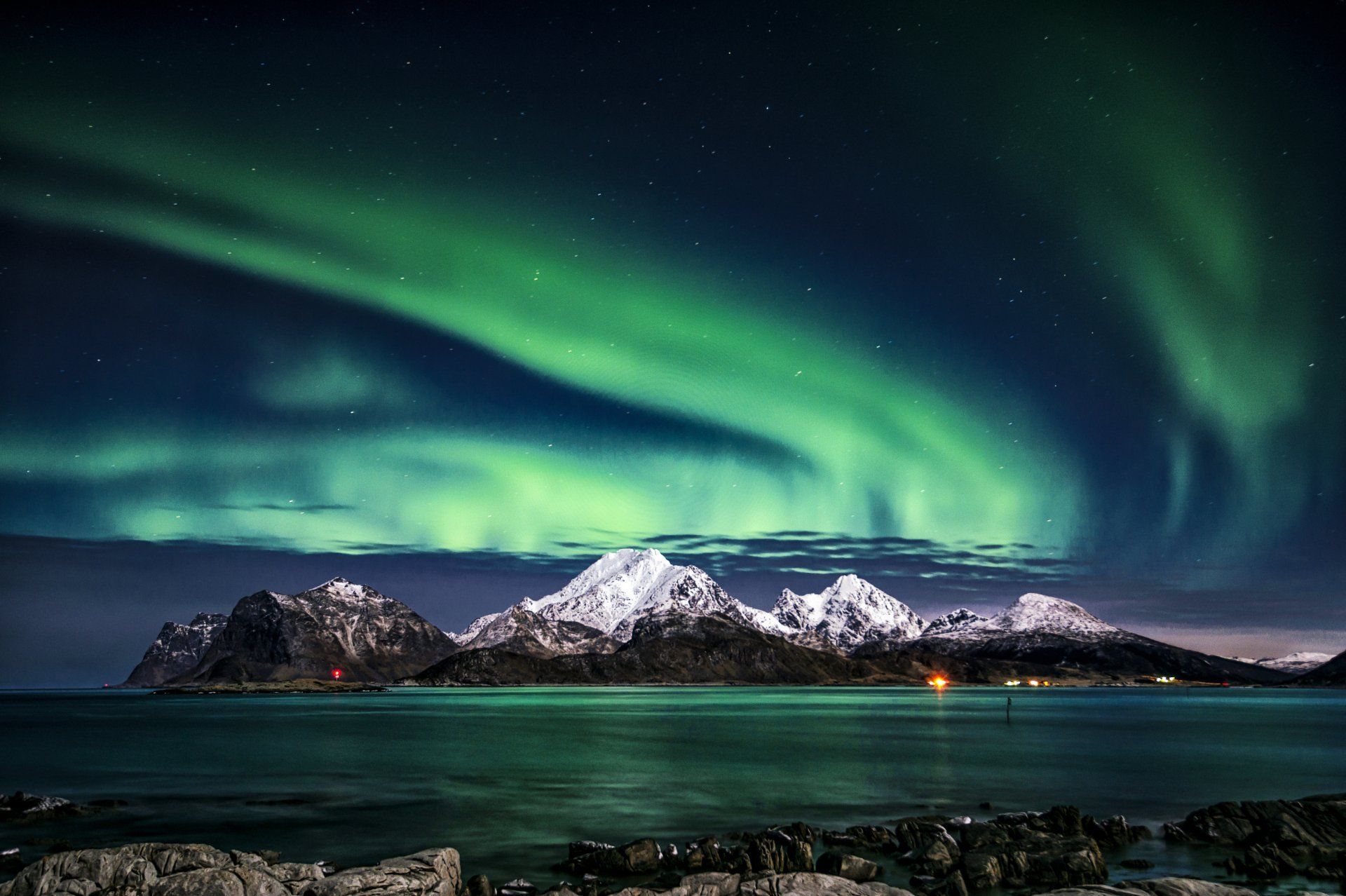
Svalbard's unique geographical location, nestled within the Arctic Circle, bestows upon it a front-row seat to one of nature's most breathtaking spectacles: the Aurora Borealis. Here, at a latitude of around 78° north, the conditions are ripe for observing this dazzling display of light. The archipelago's remote and sparsely populated landscapes, coupled with its long winter nights, create an ideal canvas upon which the Northern Lights paint their vivid hues.
The allure of the Aurora Borealis lies not only in its captivating display but also in the unique setting in which it unfolds. Visitors brave the extreme Arctic temperatures and the polar night, the prolonged period of darkness during winter, to behold the luminous curtains of light that adorn the Arctic firmament. Wrapped in layers of insulation against the biting cold, they wait in anticipation as the Arctic silence envelops them, broken only by the occasional crackle of snow underfoot.
The Northern Lights, a result of collisions between charged particles from the sun and gases in the Earth's atmosphere, manifest in a palette of colors ranging from vibrant greens to shimmering purples and pinks. In Svalbard's pristine skies, free from light pollution, these hues appear even more vivid, weaving intricate patterns that seem to pulsate with energy.
One of the most popular locations for Aurora viewing in Svalbard is Longyearbyen, the archipelago's largest settlement and its administrative center. Here, visitors embark on nighttime expeditions, guided by seasoned aurora hunters who lead them to prime viewing spots away from the town's artificial lights. The guides, with their intimate knowledge of the local terrain and weather patterns, enhance the chances of a memorable Aurora encounter.
As the hours pass, the sky begins to come alive with a luminous glow, signaling the imminent arrival of the Aurora. Slowly, ribbons of light unfurl across the heavens, twisting and twirling like celestial dancers performing an otherworldly ballet. Cameras click incessantly, capturing fleeting moments of beauty that will be cherished for a lifetime.
But the Aurora Borealis is a fickle mistress, its appearance governed by factors beyond human control. Cloud cover, solar activity, and geomagnetic storms all influence its visibility, adding an element of unpredictability to the quest for the perfect sighting. Yet, it is this very unpredictability that lends the Aurora its aura of mystique, drawing adventurers from around the globe to Svalbard's icy shores in search of its elusive glow.
For those who find themselves spellbound by the Aurora's enchantment, Svalbard offers more than just fleeting glimpses of celestial magic. The archipelago's rugged landscapes, teeming with Arctic wildlife and steeped in polar history, provide a backdrop against which the Aurora's brilliance shines even brighter. From snowmobile safaris across glacial plains to dog sledding expeditions through silent forests, visitors to Svalbard can immerse themselves in a world untouched by time, where the boundaries between reality and fantasy blur with each flicker of the Northern Lights.
In the heart of the Arctic wilderness, where the sun never sets in summer and darkness reigns supreme in winter, the Aurora Borealis reigns as queen of the night sky. In Svalbard, her realm of ice and snow, she casts her luminous spell upon all who venture into the frozen embrace of the Far North, weaving a tapestry of light that is as timeless as it is awe-inspiring.
Beyond its natural wonders, Svalbard holds a rich tapestry of human history, shaped by centuries of exploration and exploitation. The archipelago's name, which translates to "cold coasts" in Old Norse, hints at the harsh conditions that have shaped the lives of its inhabitants for generations. From the whalers and trappers who sought fortune in the Arctic wilderness to the modern-day scientists studying the impacts of climate change, Svalbard has long been a magnet for those drawn to the extremes of human experience.
Longyearbyen, the largest settlement in Svalbard, serves as a gateway to the archipelago's past and present. Originally established as a mining town in the early 20th century, it has since evolved into a vibrant community that balances tradition with modernity. Visitors to Longyearbyen can explore its museums and historic sites, learning about the lives of the men and women who braved the Arctic cold in search of coal and adventure.
Yet, for all its human history, Svalbard remains a wilderness at its core, where nature reigns supreme and the forces of the Arctic environment shape daily life. The archipelago's glaciers, vast and ancient, loom like frozen giants over the landscape, their icy tongues creeping inexorably towards the sea. In the summer months, the midnight sun casts a perpetual twilight over the land, painting the mountains and fjords in hues of pink and gold.
But it is in winter, during the long polar night, that Svalbard truly comes into its own. As the darkness deepens and the temperatures plummet, the Northern Lights emerge as a beacon of hope and wonder in the frozen wilderness. Against the backdrop of the Arctic night, they dance and shimmer, a reminder of the beauty and mystery that lie at the heart of the Far North.
For those who venture to Svalbard in search of the Aurora Borealis, the experience is both exhilarating and humbling. In the presence of such natural beauty, surrounded by the vastness of the Arctic wilderness, one cannot help but feel a sense of awe and wonder at the world we inhabit. And as the lights fade and the darkness recedes, leaving only the memory of their luminous dance, one is left with a profound appreciation for the magic that lies beyond the reaches of human understanding.


